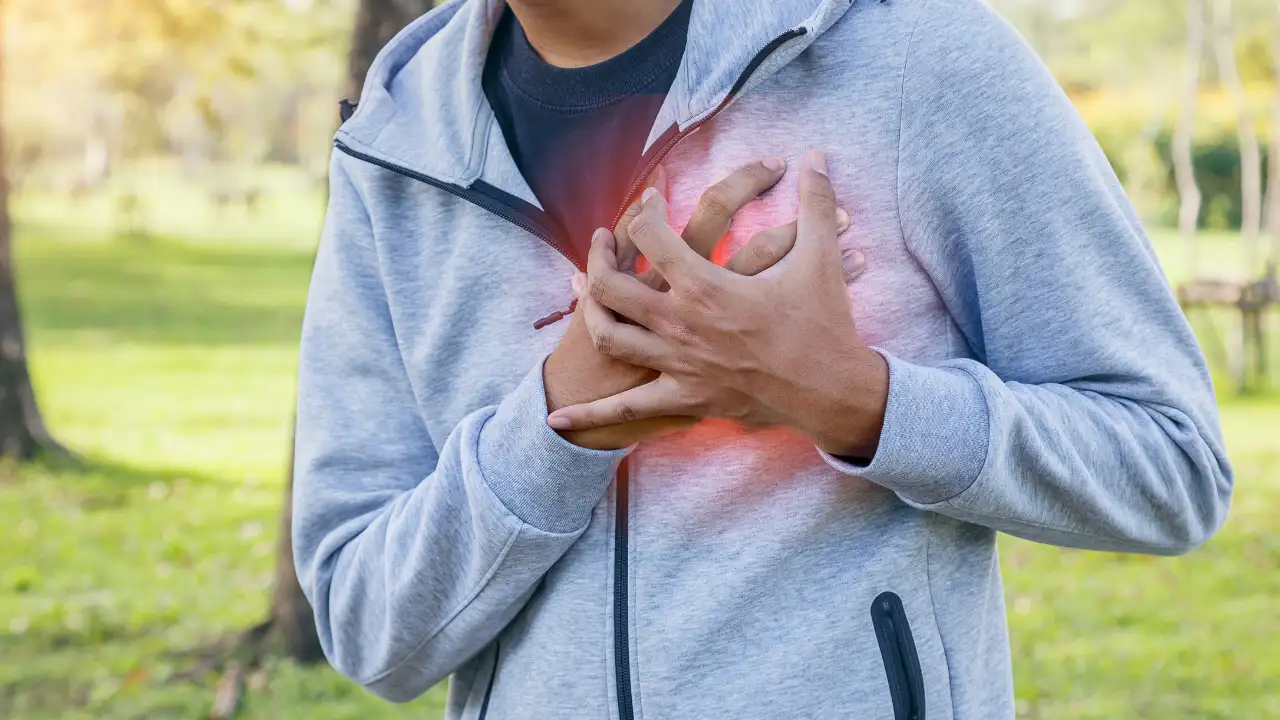Silent Heart Attacks: The Unseen Threat Revealed by Dr. Shriram Nene
The Hidden Danger of Silent Heart Attacks
On a recent episode of The Ranveer Show, Dr. Nene shed light on the often-overlooked phenomenon of silent heart attacks. These insidious events can occur without the classic warning bells, leaving individuals unaware of the looming threat to their health.
Key Warning Signs to Watch For
Various subtle indicators may suggest an underlying heart issue. Dr. Nene emphasizes four critical warning signs to monitor:
- Unexplained fatigue or lack of energy
- Discomfort in the back, jaw, or neck
- Experiencing shortness of breath
- Any noticeable increase in dizziness or light-headedness

Understanding the Risk Factors
Knowing what can increase the risk of silent heart attacks is crucial. Typically, factors such as age, diabetes, and high blood pressure can exacerbate risks. A Mayo Clinic study highlights the importance of regular check-ups to detect any hidden dangers early.
"The greatest wealth is health." – Virgil
Engage in Heart-Healthy Activities
Proactive measures can greatly reduce the risk of silent heart issues. Regular cardiovascular exercises, a balanced diet, and avoiding smoking are fundamental strategies.
Consider products like blood pressure monitors to keep track of vital signs at home.
Stay Informed
Follow personalities like Dr. Shriram Nene on LinkedIn for insights and advances in heart health. Engaging with credible sources will better prepare you to protect against silent heart attacks.
Extend Your Knowledge
Stay updated on health research through platforms such as NIH and watch related educational videos on YouTube for a broader understanding. Your awareness and proactiveness can make a life-saving difference.
